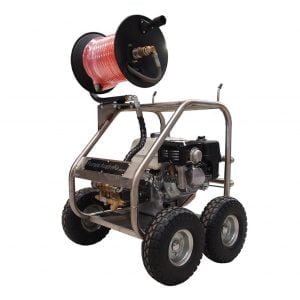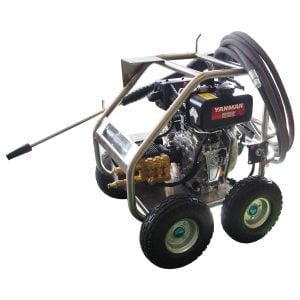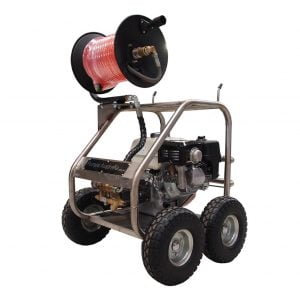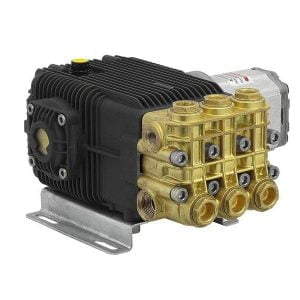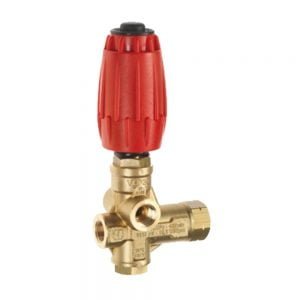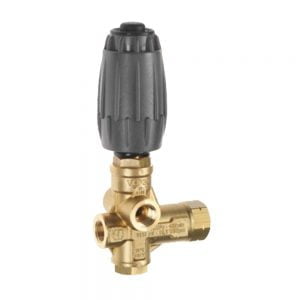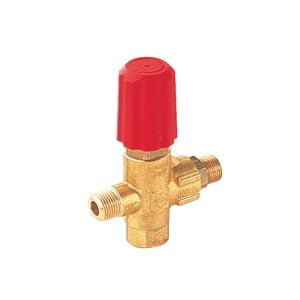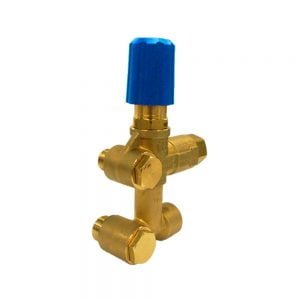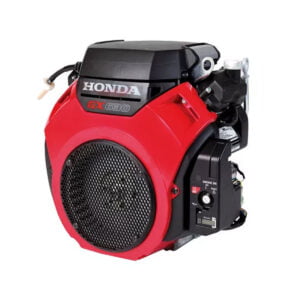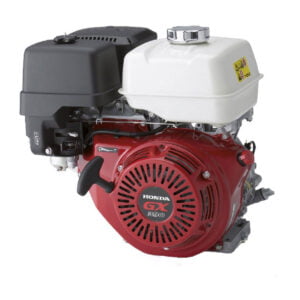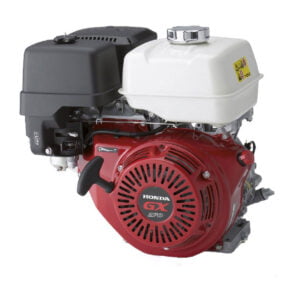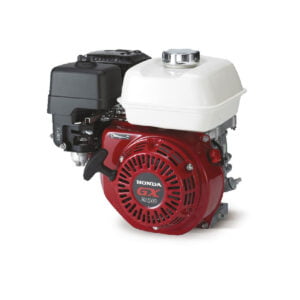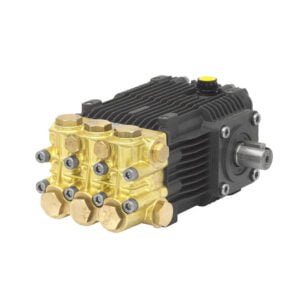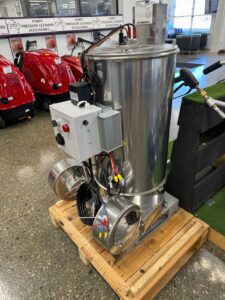Troubleshooting Piston Pump Equipment
Troubleshooting your pump equipment is a great way to identify, isolate and rectify issues. Here, we’ve put together a list of problems you might be experiencing with your piston pump equipment.
Note: regular maintenance and servicing greatly decreases the chances of problems occurring with your pump equipment. If you need to book your pump equipment in for a service, contact our team here.
Leaks
Pump leaks can occur at various points on your pump equipment. Common leaks include:
- Oil leak between the crankcase and engine/motor this is usually caused by worn crankcase piston rod deals or the o-rings on the plunger retainer have worn. The best solution for both of these issues is to replace the seals and o-rings. Replacing the crankcase piston rod seals(commonly known as oil seals)
- If you’re encountering water leakage from the pump head it’s likely you need to install new water seals. Worn parts can cause leakages as well as many other issues.
- If your oil is turning white in the crankcase then that indicates that water is leaking from the pump head into the crankcase, replacing the water seals is recommended.
Crankcase issues
If you’re experiencing humid air condensing into water within the body of the crankcase, it’s likely you need to change the oil at intervals. To do this, you can use any high grade non-detergent oil. (Pumps Australia recommended are 10W30 or 10W40).
If the packaging is worn or you can visually see deterioration this will affect the performance of the crankcase. If this is the case, you will need to replace the worn parts. Look over the packing, piston rod sleeves, o-rings and seals and consider replacing old parts.
Seal failure
If you’re experiencing issues with the seals there are several possible causes:
- Scored, damaged or worn plunger.
- Overpressure to inlet manifold.
- Abrasive material in the pumped fluid.
- Excessive pressure.
- High temperature of fluid.
- Low pressure.
For these issues, check if the parts need replacing. If the equipment looks worn or you’ve had it for a long time, consider replacing the part. In addition, double check all parts have been installed properly and that all inlets are within the specified ranges.
Noise
If your pump is causing odd noises, check the suction manifold to see if the pump is sucking air.
If you can hear a loud knocking sound coming from the pump this could be caused by the pulley loose on the crankshaft, to resolve simply tighten and secure the set screw.
Pump flow
If your pump isn’t producing any flow or you can feel a flutter in the trigger then it could be caused by your pump not receiving enough water. To resolve this issue, increase the flow to your piston pump via means of larger hose or a better water source. Alternatively clean out your water inlet filter (if your unit has one).
Pump prime issues
If your pump fails to pump water, there could be air trapped inside the pump. To release the air, disconnect the high pressure hose from the pump then turn on your water source (ie Tap), allow water to run through the pump while the motor/engine is off.
Air leaks in the suction hose or inlet fittings can result in your pump losing prime or creating a chattering noise or fluctuations in pressure thread. To fix this problem, remove the suction line and look over the hose for any loose liner or debris. Whilst inspecting the hose, avoid any unnecessary bends or kinks. Give the strainer a good clean and then reapply.
-

Fig 49 – Traditional Style Unloader 5650psi
$393.25 – $526.35 (Inc. GST) Select options -

Fig 48 – Traditional Style Unloader 4500psi
$248.05 – $381.15 (Inc. GST) Select options -

Fig 47 – Traditional Style Unloader
$151.25 (Inc. GST) Add to cart -

Fig 45 – Dual Banjo Unloader 4500psi
$211.75 (Inc. GST) Add to cart
Pressure gauge fluctates
For any pressure gauge issues, give the pressure gauge a good clean and replace any valves or packing that might be worn. Check the temperature of the liquid produced by the pump, you might need to reduce the temperature if it’s too high. Also check the water inlet to your pump, it maybe caviating (sucking air).
Too much pressure
If you’re experiencing too much pressure when the pump gun is closed simply lower the settings on your unloader to a lesser pressure level. If problems persist, a replacement unloader/pressure regulator may be required.
Need extra help?
If you’ve worked your way through this troubleshooting list and you’re still experiencing issues with your pump equipment, contact our team. Here at Pumps Australia there’s never been a pump problem we haven’t resolved! Enquire with our team today.
Alternatively, refer to our blog on the top 3 issues individuals encounter with centrifugal pump equipment. If you have further questions, feel free to reach out to our expert team here at Pumps Australia.

